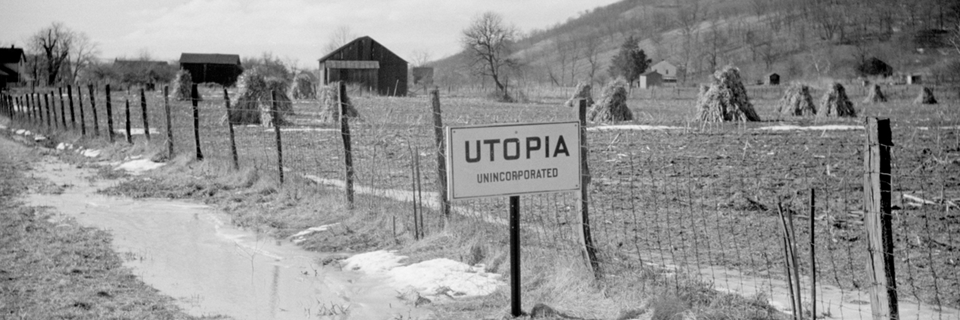Politiquement, j'ai toujours été un révolté.
OSCAR NIEMEYER
With the end of Estado Novo in Brazil, in 1945, the communist militants, arrested during the dictatorship of Gétulio Vargas, are amnestied. Then, the architect Oscar Niemeyer decides to host, in his own house, Luís Carlos Prestes, general-secretary of the Brazilian Communist Party. After a few weeks of coexistence, Niemeyer converts himself to the cause and joins the party that will chair in 1992.
In 1964, he is invited to Israel by Yekutiel Federman, owner of Dan Hotels, to discuss some potential projects. Meanwhile, there is a military coup in Brazil. The coupists sack the headquarters of the magazine Módulo and his studio. Incidents that force him to extend his, in principle brief, stay in Israel. But, six months later, he ends up returning to his country.
In 1965, a year after his return to Brazil, he resignes from his position as a professor at the university in protest for the dictatorial policies of the Brazilian military government and, taking advantage of the success of his monographic exhibition at the Musée des Arts décoratifs in Paris, leaves for France. In this exile, which will last about twenty years, he designs, among other works, the Headquarters for the French Communist Party in Paris.
 |
| Siège du Parti communiste français (sketches by Oscar Niemeyer, 1965) |
In a few days, Niemeyer develops a preliminary project in accordance with the local conditions and its surroundings, that is to say: in accordance with the size and shape of the site, as well as with the orientation and operation of the building And at the same time it gives an answer to one of the main requirements of the program: to provide a safe building, with discreet and easy controlled entrances.
All of this explains the final solution adopted: a block in curved line which unfolds throughout the whole area of the plot that borders with the neighbors, where the party's offices are located. In this way it frees the rest of the lot and preserves, between the building and its neighbors, the spaces necessary for its vertical accesses, located outside to facilitate future modifications that the program of the building may eventually require.
Then he places the rest of the building a meter and a half below the street level, creating a system of inclined planes where we can find a large auditorium, semi-buried but easily accessible, and the entrance hall, which it is called foyer de la classe ouvrière, where, through multiple curved walls, a whole series of spaces for exhibition, waiting and conference rooms are located.
 |
| Siège du Parti communiste français (photos by Joan de Torres Calsapeu, 2000) |
In the words of its own author, the building becomes an example of contemporary architecture and a potential point of tourist attraction. But it is not a simple architectural challenge. It is the worker's house. A building with new, simple forms, without luxurious and superfluous finishings that represents the fight against misery, discrimination and injustice which, according to him, must be the goal of French communism.
However, it is not a communist who welcomes him, and facilitates his architectural practice in France but André Malraux, then minister of culture of President Charles de Gaulle's last government. In 1959 Malraux had described Brasilia as the city of hope and Palácio da Alvorada's columns as the most beautiful ever seen after the Greeks. It is thanks to Malraux's devotion for the work of Niemeyer, which he collects in his Imaginary Museum, that the Brazilian architect owes him, to a large extent, his projects in France.
According to Niemeyer himself, Georges Pompidou, then prime minister, stated that this building is the only good thing that the Communists have done, ignoring the fact that the architect has not a quite very rebellious past. In fact, in 1936 he designed, in collaboration with, among others, Lúcio Costa and the advice of Le Corbusier, the Headquarters of the Ministry of Education and Culture in Rio de Janeiro commissioned by a fervent fascist and Brazilian anti-communist like Gustavo Capanema.




